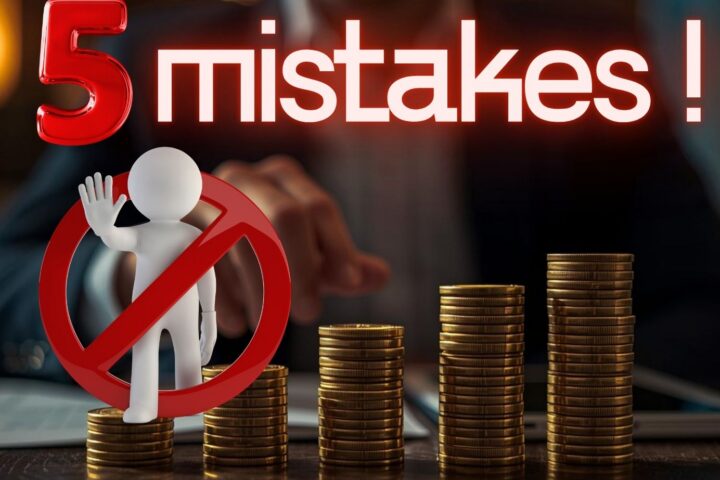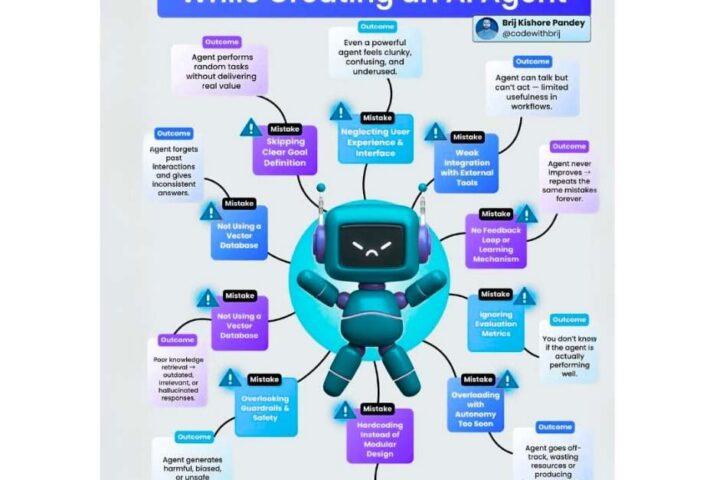Gone are the days when PowerPoint was a mere presentation tool and limited to office board meetings. Today, with the advent of market-disrupting technologies, companies across the world have started leveraging PowerPoint as a powerful Marketing and Sales medium. Brands are constantly enhancing their sales funnel by using presentations to interact with patrons across multiple touchpoints.
For any entrepreneur, a startup pitch deck is one of the most imperative business documents. The 10-15 slide presentation deck talks about your company, business plan, and startup’s vision. When time is of the essence & you have to convince your investors why you’re worth their money, a well-thought & engaging pitch can draw a line between a closed deal or a missed opportunity.
What Goes Into Successful Startup Pitch Decks?
There is no denying that pitching to investors is one of the most important yet nerve-wracking experiences in almost everybody’s entrepreneurial journey. Pitching to investors is an art, and the purpose of a great pitch deck is to lay out the rationale for investors to come aboard and invest in your business. However, in a world where venture capitalists (VCs) are exposed to thousands of pitches, only a fraction of them make it to the actual investment rounds.
It takes more than just a presentation to introduce your idea to a group of guests who can either transform it into a ravishing reality or break its future. Great pitch decks are anything but a mere collection of slides. They tell a story! They evoke emotions, build curiosity, foster trust & educate the audience about the subject.
An ideal pitch deck talks about:
- Company Purpose
- Problem & Solution
- Market Size & Competition
- Traction
- Your Unique Value Proposition
- Business & Revenue Model
- Roadmap & Financial Projections
- The Team
Without further ado, let’s move ahead and understand out-of-the-box ways through which you can create remarkable startup pitches which engage stakeholders, establish integrity, and secure seed money for your business endeavors.
Know Your Audience:
Knowing the audience is one of the primary steps in preparing a winning startup pitch. Often presenters create common and ordinary slides and derail the audience from the presentation. Doing a little homework and preparing a pitch deck that aligns more with your audiences’ interests, traits and inclinations can do wonders for your presentation goals. It is then you can create a proactive and well-prepared pitch deck that has the potential to entice, educate and influence the audience.
The expectations of a customer, investor, or corporate buyer differ drastically! Where the majority of customers are interested in faster resolution or an improved set of unique features, the investor or buyer would want to emphasize on “why”, “what” & “how” aspects of your business. Therefore, putting in due diligence and knowing the audience can help you customize the pitch, magnify their expectations and cater to them, just right!
Use Professional Templates:
One of the effective ways to kick start your presentations is by employing ready-to-use, corporate-grade pitch deck templates. These templates provide the much-needed flexibility in terms of design aesthetics & customization. Entrepreneurs must understand that personalization is a key factor when we talk about driving the interest of the audience towards a certain service, product, or business as a whole.
SlideModel readymade templates allow you to 100% customize the pitch deck such that you can incorporate your company’s branding and marketing guidelines into the slides. Thus, you can align your presentation with your brand better and boost its integrity. Rather than worrying about the presentation design and layout, entrepreneurs can emphasize content’s quality. One can simply put relevant content into slide’s placeholders and come up with a winning presentation in a matter of minutes.
10 20 30 Rule of Presentation:
While creating a revolutionary startup pitch deck, presenters can consider using the popular- 10 20 30 rule of presentation. The rule states that a presentation should not have more than ten slides. Further, you should not take more than twenty minutes to present the entire deck. In the end, the rule encourages the presenters to keep typography or font size to 30px.
One of the perks of following the 10 20 30 rule is it allows you to say more with less. It empowers you to touch base with multiple aspects of the subject matter without stretching the presentation unnecessarily. This enables you to get hold of your audiences’ attention. Your audience tends to pay more attention to carefully designed, to the point, and lucid presentations. Hence the 10 20 30 rule can be your go-to guide for creating crisp and stunning presentations!
Use Graphs and Charts:
Often presenters create cluttered slides and overwhelm the audience. One should note that nothing puts off the audience more than reading random numbers off the screen. If your audience loses interest in the presentation, it may cause the popular phenomenon- “Death By PowerPoint”. Instead, presenters can boost the engagement manifolds by inculcating lucrative graphs and charts into their startup pitch deck.
Visual aids, such as graphs and charts let you transform ordinary content into meaningful illustrations. These also encourage your audience to connect the dots and bring out the actual value of the data. You can consider using popular graphs and charts such as histograms, scatter plots, line graphs, etc. With effective data visualization, your audience can comprehend the data better, generate valuable inferences and critical insights.
The End Line:
An ideal startup pitch deck should be compelling, credible, and concise & it should foster a memorable presentation experience for the audience. Whether you are pitching to potential investors, venture capitalists, or a group of evangelists, your presentation should get hold of their attention right from the first slide. Always try to keep the slides minimalistic as “the less, the better”.









